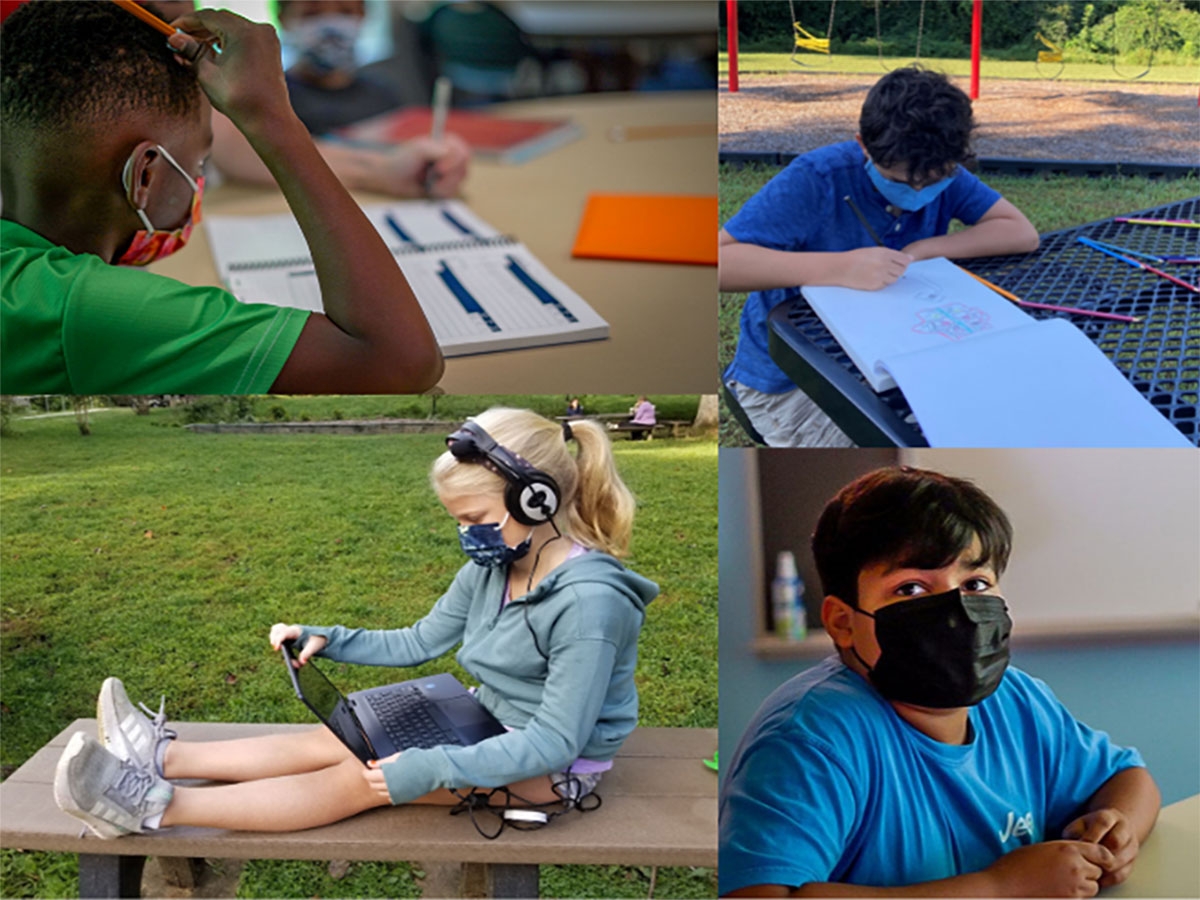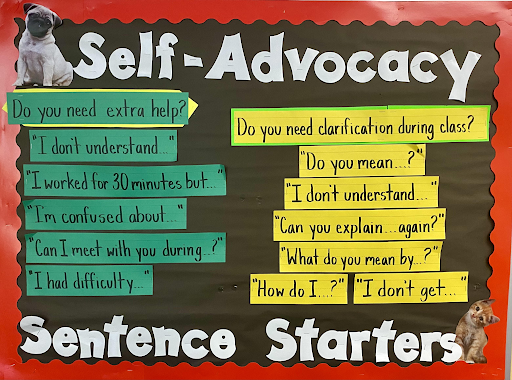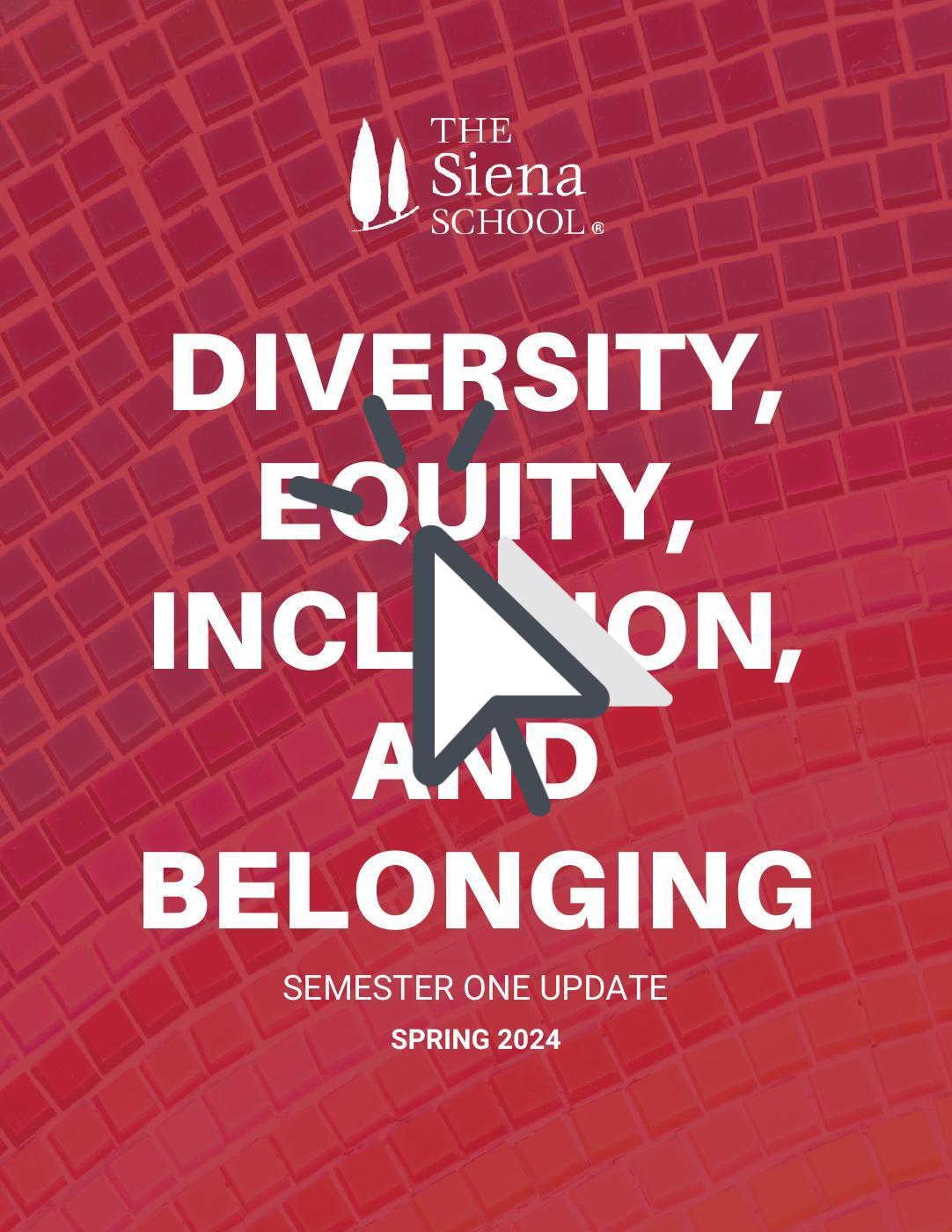Empowering students with language-based learning differences

Siena Blog



The Siena School Blog
Discover, Learn, Celebrate, and Empower
Welcome to Siena's blog, your source for helpful, cutting-edge resources tailored to teachers, parents, and other advocates in the learning differences community. We are dedicated to providing a wealth of curated knowledge spanning various topics, ranging from dyslexia advocacy and awareness to classroom teaching strategies, heritage month profiles, and social and emotional health.
Common Acronyms in LD Education: Understanding the Language

Every professional field has its own lingo, and special education is no exception. As part of Dyslexia Awareness Month 2023, Siena is pleased to offer a short, useful guide to terms that parents will read and hear often as they navigate their child’s education.
Terms such as LD (Learning Differences), IEP (Individualized Education Program), LBLD (Language-Based Learning Differences), and SLD (Specific Learning Disability/Disorder) are common. Parents could hear these often when first connecting with an admissions representative or learning specialist, as well as when going through testing, the IEP process, and discussions with friends and neighbors..
Parents new to the LD community might be wondering about understanding the process and language around an LD diagnosis as they take the appropriate next steps.
Common Terms in the LD Community
Acronyms in the LD community are a useful shorthand for frequently used terms that are integral to the process. This helps make conversations more fluid and understandable during key times, such as:
- neuropsychological evaluation,
- IEP consultation,
- meeting with teachers or administrators
- school admissions materials, and
- discovery call or tour with an admissions team member.
Parents might talk with various specialists, school administrators, advocates, and so on, and having a shared language means having a shared understanding during such an important time. Here are some commonly used acronyms in LD education:
Testing and Diagnosis
Twice Exceptional | |
504 Individual Education Plan | |
ADHD | Attention Deficit/Hyperactivity Disorder |
Auditory Processing Disorder | |
Children and Adults with Attention-Deficit/Hyperactivity Disorder | |
EF | Executive Functioning |
GT/LD | Gifted and Talented/Learning Difference |
LBLD | Language-Based Learning Differences |
Orton-Gillingham reading method | |
OHI | Other Health Impaired |
Multisensory Math | |
SLD | Specific Learning Disability |
SLI | Speech-Language Impairment |
SLP | Speech Language Pathologist or Structured Literacy Program |
Wechsler Individual Achievement Test | |
Wechsler Intelligence Scale for Children | |
Woodcock-Johnson Psychoeducational Battery |
Accommodations and Supports
AT | Assistive Technology |
DC Capital Area Branch of the International Dyslexia Association | |
ESY | Extended School Year Services |
International Dyslexia Association | |
Individualized Education Program | |
Learning Disabilities Association | |
OT | Occupational Therapy |
Washington Independent Services for Educational Resources |
Dyslexia Resources for Families
- Frequently Used Acronyms in Education — Great Schools
- Common Acronyms For Special Education — Plainfield (IN) Community School
- EDFacts Acronym List (downloadable PDF) — US Department of Education
- Parent Resource Center — Weinfeld Education Group
- Dyslexia Awareness Month — University of Michigan
Families in the LD community can also visit Siena’s resources page, student profile, and glossary of terms for additional help. The Siena blog has several posts for parents and community, including ones about the importance of early dyslexia diagnosis and intervention and building confidence in LD students.
The Siena School, a national leader in dyslexia education, serves bright, college-bound students with language-based learning differences on campuses in Silver Spring, MD (grades 3-12) and Oakton, VA (grades 3-11).
Dyslexia Advocacy and Accommodations

“I have a planner that I use. I still use my Siena color-coding skills. That has really been pushing me through all of my years—both at Siena and at college.” —Siena Alumnus
How do Siena students learn the skills necessary for them to succeed both at Siena and in college?
Through accommodations, through adaptation, and through self-advocacy each and every day.
Since October is Dyslexia Awareness Month, it’s the perfect time to reflect on the strategies that Siena regularly adopts to support our students’ different learning styles. At both our Silver Spring and Northern Virginia campuses, students have ample opportunities to self-advocate and seek the accommodations that best meet their individual needs.
Advocates and Advocacy at Siena
Advocacy and adaptation on students’ behalf is central to what Siena does every day:
- Students self-advocate by understanding their personal learning methods and needs, as well as by working with their teachers to succeed and, if necessary, make adjustments.
- Teachers advocate by having an open line of communication with students and parents and sharing what they’re noticing at school (both academically and socially–emotionally).
- Parents advocate by both promoting student self-advocacy at home and staying in contact with teachers about their students’ progress and needs.
From the beginning, Siena students are introduced to their accommodations and the reasons we use them. The students also trial different classroom supports and learn what works best, among them:
- flexible seating options (e.g., a standing desk)
- color strips
- fidgets (to help them focus)
- different pencil grips
- color-coding (good for particularly visual learners)
Siena students learn how to be active advocates, from requesting feedback on written assignments early in the process or seeking extra guidance to having a teacher act as a scribe to help them get their thoughts on paper.
The elementary team uses sentence starters to guide students if they need extra help or clarification during class. These are posted in the classroom as a visual reminder of how students can best ask for what they need.

As students move through Siena’s academic grade divisions, they gradually become more independent in handling their assignments, deadlines, and overall learning conditions.
The advocacy lessons don’t stop when students graduate. A Siena alumnus who’s now a senior in college has learned the importance of talking with his professors and other support staff about accommodations because of how he was taught and practiced using them while attending Siena: “Get out there, talk to your professors, and be yourself,” he shared. “That’s how you can succeed.”
Resources Used in Siena Classes
In tandem with regular student-centered advocacy, Siena encourages students to use appropriate methods and resources to enhance their learning. For example, the Siena Planner helps students with organizing and executive functioning. It has both immediate and long-term benefits: it helps students learn how to regulate their homework and study schedules, as well as provides a tool to bring with them when they graduate.
“I still use a planner [in college]. It’s not exactly like Siena’s but it has everything in it. My planner is my life. Color-coding is huge.” —Siena Alumnus
In addition to print and physical accommodations, assistive technology is integrated into students’ daily lives, through such tools and resources as:
- Individual, school-issued Chromebooks (including a suite of Chrome extensions like Mercury Reader, Speech to Text, and Read & Write)
- Learning Ally
- Mindomo
There are also class-specific resources for math, reading, and other subjects. (See how our math team has adapted the curriculum to help students with dyscalculia.)
Additional Resources for Students and Families
Siena sets students up for success both in their time here and in their lives after by equipping them with useful tools and a willingness to self-advocate. In the process, students learn the skills they need outside the content-area knowledge they get in class:
Such a student-centered approach to learning helps Siena students maximize their potential for success—both as students and as alumni.
Visit our website to learn more about Siena’s individualized instruction and emphasis on self-advocacy and executive functioning. And, see our previous blog post for links to resources in the DC Metro area, including WISER and Decoding Dyslexia Maryland.

